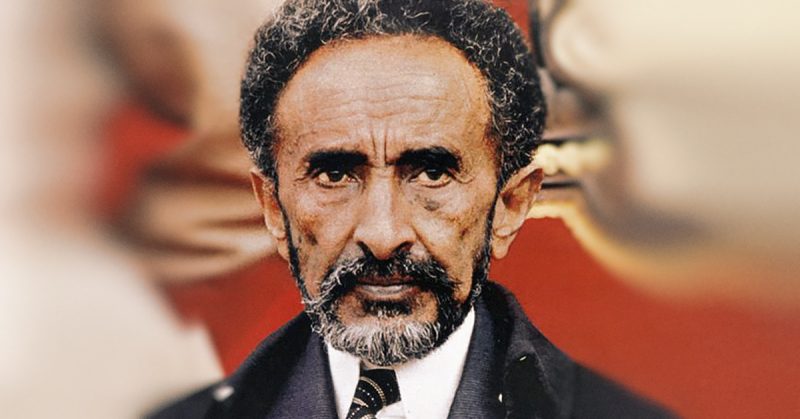Few would know that the central figure to the Jamaican Rasta movement was not its famous music icon–Bob Marley, but a figure who came to prominence continents away from the Caribbean island.
The figure in question is Ras Tafari Makonnen, who was born in 1892 and in 1930 claimed the throne as the 225th and also very last emperor of Ethiopia.
Upon being crowned, Ras Tafari adopted the regal name of Haile Selassie I.

Tafari was born to a close affiliate of Emperor Menelik III, who reigned in Ethiopia, then still Abyssinia, from 1889 until 1913. From a very young age, Tafari was able to impress the Emperor with his charisma and acumen.
His set of skills fortunately for him forged a status within the Ethiopian royal family and he would inherit the throne after the death of Empress Zaudity, daughter of Emperor Menelik III.
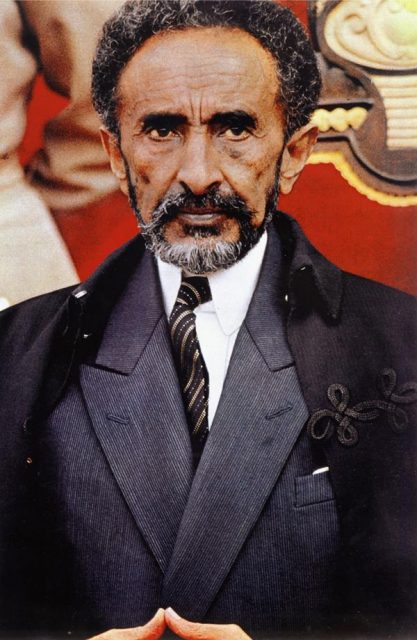
Selassie had an opulent coronation, to say the least. Ambassadors and royal family members voyaged to the African country to attend the ceremony from all around the globe. The word of the coronation circled the world quickly, with Selassie even ending up on the cover of Time Magazine.
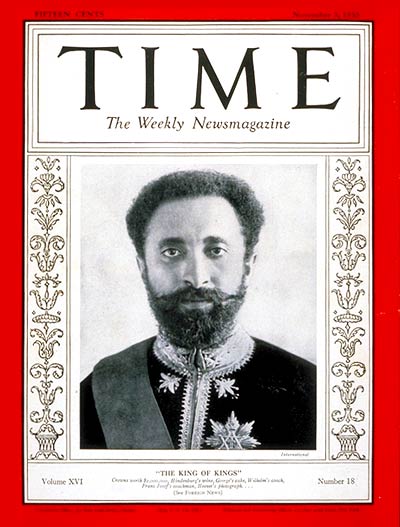
But most surprisingly of all was what happened when word reached the island of Jamaica. For the thousands of black Jamaicans living in poverty there, having never truly recovered from the painstaking slavery days their families had experienced in the past–the coronation of Ras Tafari was interpreted as the fulfillment of a Biblical prophecy.
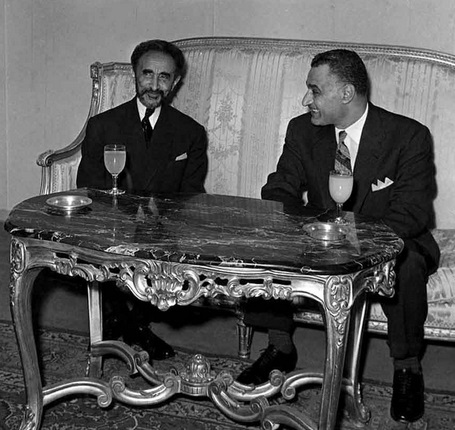
In the figure of Ras Tafari, these people suddenly recognized their redeemer. He was seen as an earthly reincarnation of Jah, that is the Rasta name for God, and he was destined to end their life of misery by returning them home to Africa, where their ancestors came from.
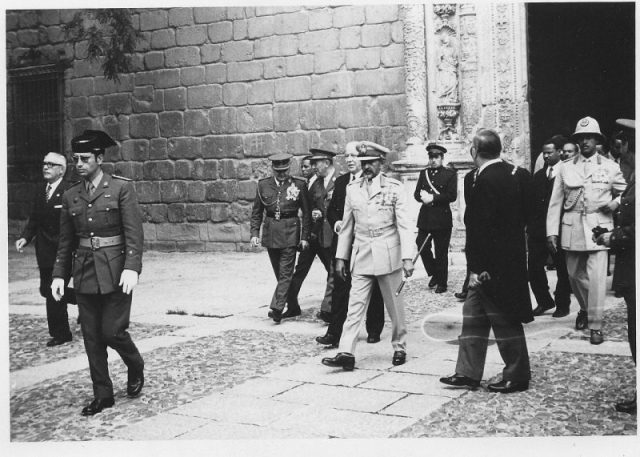
Such unexpected developments related to the campaigns of Jamaican political activist Marcus Garvey, who was committed to bringing change to the island.
Garvey had perhaps unwittingly instructed his followers to follow a prophecy, that they should watch out for the day when a “black king shall be crowned in Africa.” His speech was probably figurative, but enough to solidify the theology that grew to be Rastafarianism.
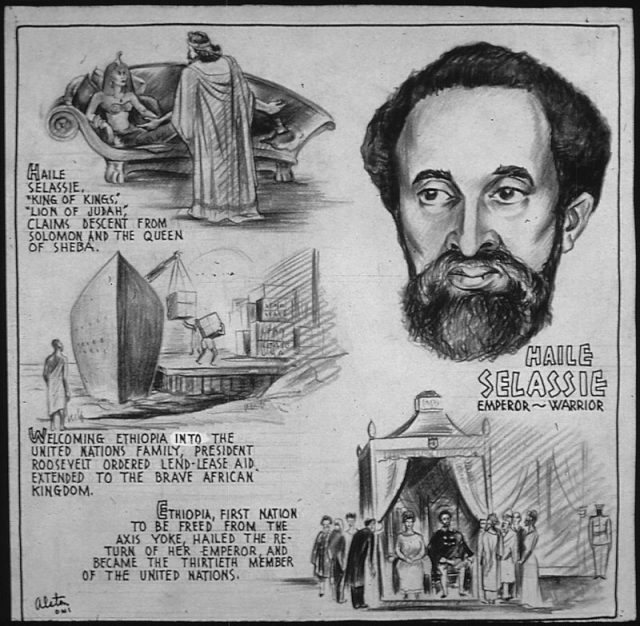
More than that, Garvey, who never became Rastafarian himself, would later denounce the character of Haile Selassie. But for many people, in the coronation of the new emperor of Ethiopia, they truly saw the coming of their messiah. What happened next only sealed the Rasta narrative.
Already in 1935, Haile Selassie faced his first existential threat as a leader. His country was invaded by the troops of the Italian dictator, Benito Mussolini. A year later, Selassie had to flee his homeland.
While Haile Selassie remained vocal in Europe that Italy was breaching international treaties by invading his people, he remained absent from Ethiopia until 1941, the very reason he was condemned by Garvey. However, that year, backed by Britain, Selassie reclaimed his powers in Ethiopia.
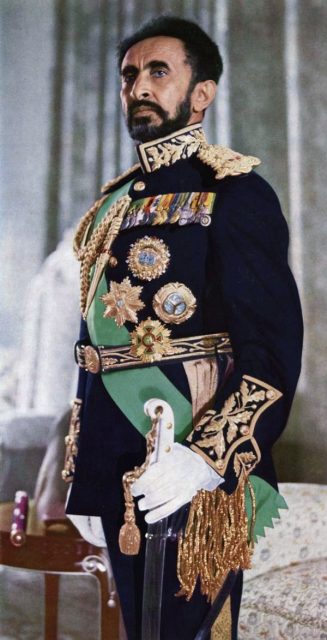
As the Guardian further notes, “one unexpected side-effect of the plunder of Selassie’s sub-Saharan state by a fascist power was to give Jamaica’s fledgling Rastafari movement impetus and a cause. The invasion became a dominant event in the Rastafarian narrative of black martyrdom.”
This way Selassie had sealed his status as the one and only God of the Rasta movement. And on the other side, there was “Babylon” or everything that represented the oppressive force of the colonialists.
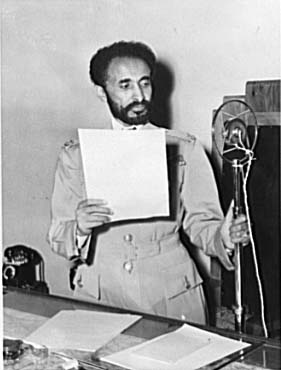
In all those years, he had done absolutely nothing to disassociate himself from the movement–indeed, but he probably also never imagined the movement itself bore such a serious magnitude. Robert Nesta Marley or better known to the world as Bob Marley would have been aged just 21 upon Selassie’s subsequent and much-anticipated visit to Jamaica.
Haile Selassie reached Jamaica only in 1966, on a spring day on April 21, and now well into his fourth decade of reign. He was, at best, surprised by the ecstatic reception he witnessed upon reaching the Caribbean island.
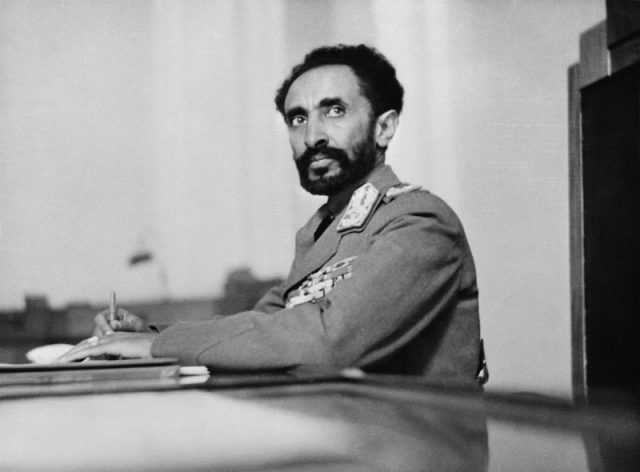
At the time, Marley had a close friend as well as a girlfriend who both had a strong interest in Rastafarianism, something which influenced him. Marley was also just beginning his musical career with the Wailers, but little could he have anticipated then that just ten years later he would be way more famous than even the Ethiopian king himself.
With his music, Marley became an unprecedented ambassador of the Rasta movement. Hundreds of thousands of people would follow him worldwide. Many of his fans copied his image, transforming their hair into dreadlocks and wearing green, yellow and red colored clothes, the very colors of the Ethiopian flag.
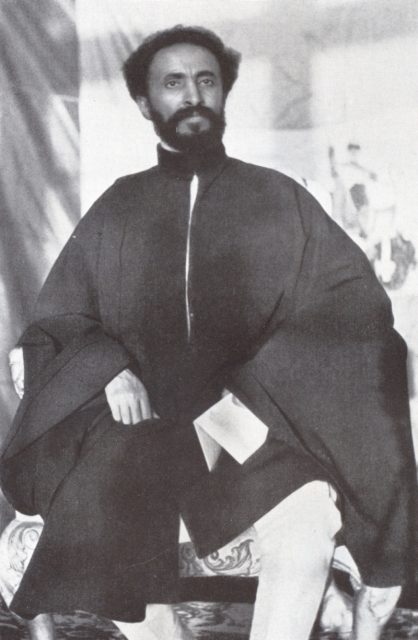
These people were simultaneously adopting the Rasta philosophy too. By the mid-1970s, as the BBC also acknowledges, “there were Rastas in practically every British city and in many parts of North America.”
However, in his native Ethiopia, Selassie’s popularity plunged at a historic low. In 1973 he was shamefully removed from the throne following a coup. His own people would condemn him for an evident apathy and inaction on serious developments such as a great famine that claimed the lives of 200,000 Ethiopians.
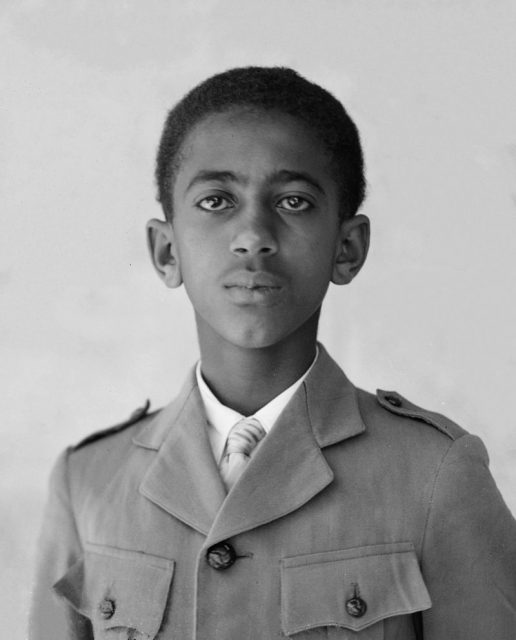
Haile Selassie passed away behind bars in 1975, in times when the movement wearing his name was doing better than ever. This left the Rasta people with a hard time explaining the demise of their messiah.
Many started to argue that Jah had only used the physique of Haile Selassie to reincarnate in this life. Or that the demise of his biological body was just a proof that Jah was above all–a spirit, and this spirit lived in each and every person.
Even new phrases were invented with the death of Selassie. The “lies of Babylon” went as a new saying, which bred a belief that Selassie’s death was just another fabrication served by white supremacists (Babylon) in order to weaken the influence of the Rasta movement, by this point fairly successful due to the success of Bob Marley.
Read another story from us: Bob Marley was called ‘White Boy’ as a Kid
As it turned out, the King was dead, but his legacy now lived far away from home.
